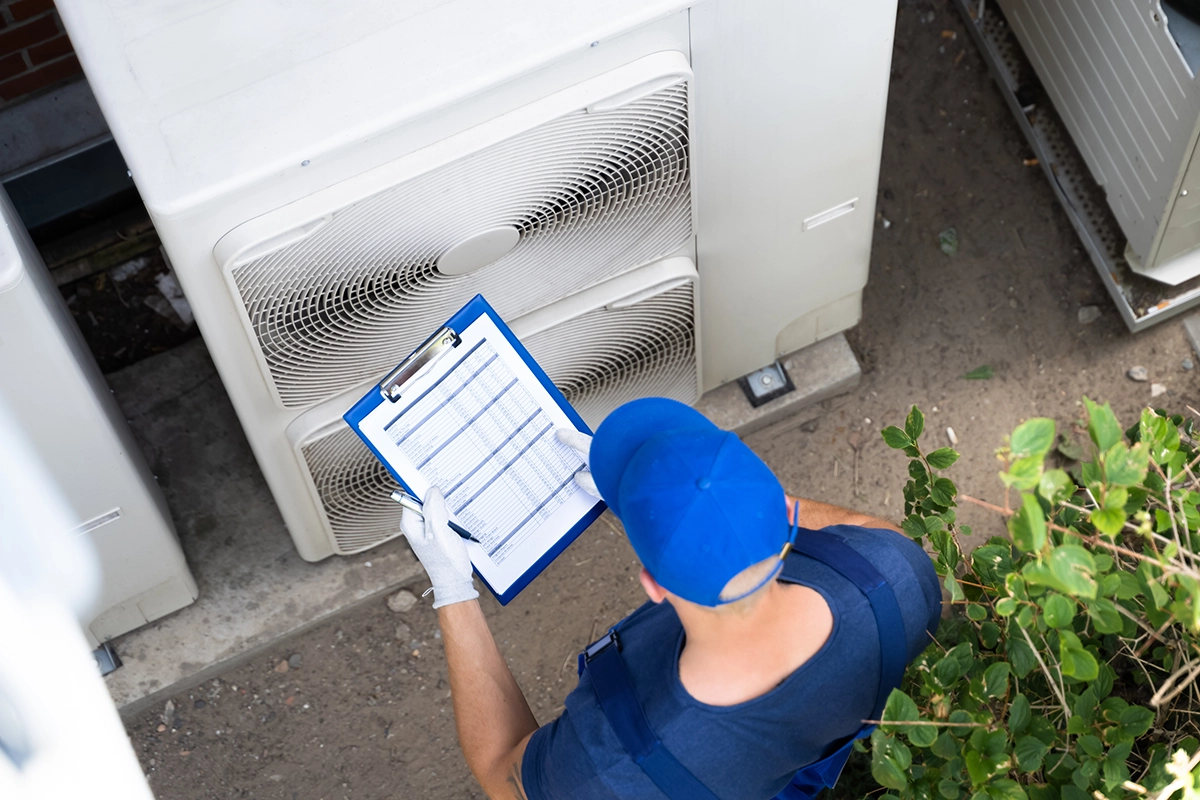When we enter a customer’s home, HVAC professionals know we are there to solve a specific problem. However, it’s also our job to think about the bigger picture and try to solve problems that could arise in the future. We need to do a thorough evaluation on every single call. Professional “tunnel vision” compromises the quality of customer care, and it can lead to missed revenue opportunities.
To that point, good advice can and should be mutually beneficial. Here's how you can help your customers shift their maintenance mindset from reactive to proactive, because reactive typically costs the customer more money and who’s time is wasted.
Preventative Customer Service Builds Trust and Rapport
By helping your customer understand cause and effect, you catch larger underlying problems in their home early on, you save them time and money, and even help them to prevent catastrophes that could be expensive, incredibly inconvenient, and potentially hazardous.
However, how you relay this information to your customer is also important. You can build a trusting professional relationship if you tell them your suggestions and explain why that may be the case without being pushy or overbearing. Striking the right balance when communicating your recommendations and the potential impact of more robust repairs versus simply solving the surface-level problem can be the difference between a customer taking your professional advice or chalking it up to you wanting to give them a higher invoice. I have two main objectives on every call we run.
The No. 1 objective is to make the customer’s time with me more valuable than any other place in the world. It is their house, and I truly want to honor them and their time. They are in charge, and I just happen to be lucky enough to be there with them. If you achieve Objective 1, the customer will not only decide to do business with you, they also will decide to do business ONLY with you. You see, they knock out the competition for you. This skill has taken me years to master, and this is why I have made training classes on how to achieve Objective 1 for all front-line employees.
The No. 2 objective is to get the customer to come up with their own solution to their problem. The more customer involvement you have, if done correctly, the more the customer learns. Reaching “Objective 2” brings two great benefits. When a customer learns something in a respectful way, their self-value goes up. When their self-value increases, they feel good about the person who gave them that education. That person just happens to be you. The second big benefit is that the more they learn about the situation, the easier they can determine what they need. When they determine what they need, and it just happens to be one of your provided options, there is no need for a second opinion, to talk to someone else, or for them to think about it. People trust their own opinions, especially when you educate them. This, in turn, raises your conversion rate and also adds to the customer’s positive experience.
Example: Is This Just a Dirty Heating and Air System
Customers can have trouble understanding why the heating side of their system shouldn’t be dirty, so I educate them. I let them know they are spending money to clean their heating and air system regardless of whether they clean it. There are three ways you pay to clean your heating and air system.
The customer can pay a technician to clean it when they come out to do the preventative maintenance. This has many benefits - less dust, lower utility bills, and less irritation to allergies.
The customer can pay to have an electronic air cleaner or some type of advanced filtration put into their heating and air system to help prevent it from getting dirty in the first place. This method could be costly but could also have great side benefits for anyone in the house who suffers from allergies. It also lowers utility bills.
Lastly, the customer will pay the utility company through higher utility bills (but not actually get their system cleaned). Educating the customer on these options will help them make the best decision. Two options are proactive and provide a benefit. The third is simply higher cost with no benefit.
Remember, customers can neglect potential problems through their own will or because we haven’t communicated effectively and won’t achieve “Objective 2.” Regardless of the reason, this results in problems with motors, windings, compressors, and other catastrophic failures that are an unplanned, costly repair, many of which could have been prevented. I have learned most people do not mind paying to prevent a bad situation, and when educated properly, they feel obligated to prevent it.
As HVAC professionals, we all know that a seemingly insignificant issue can indicate a larger problem. It's imperative to help your customers understand the root cause, the cost implications, and what they can do to prevent issues later on. What is immediately apparent to you may surprise them, so slow down, do a thorough evaluation, and share as much information as possible to help them contextualize the challenge.
Being a five-star HVAC professional is more than just fixing customer problems. It’s also about providing education on preventative maintenance solutions that will benefit them in the future. By combining top-tier customer service with sound advice and big-picture thinking, we can all tap into prime revenue opportunities and provide the best possible HVAC customer service.
Scott Brinkley is Senior Vice President of Operations at Redwood Services, a home services firm focused on investing in leading residential HVAC, plumbing and electrical services companies in growing U.S. markets. Contact Scott at scott@redwoodservices.com.




